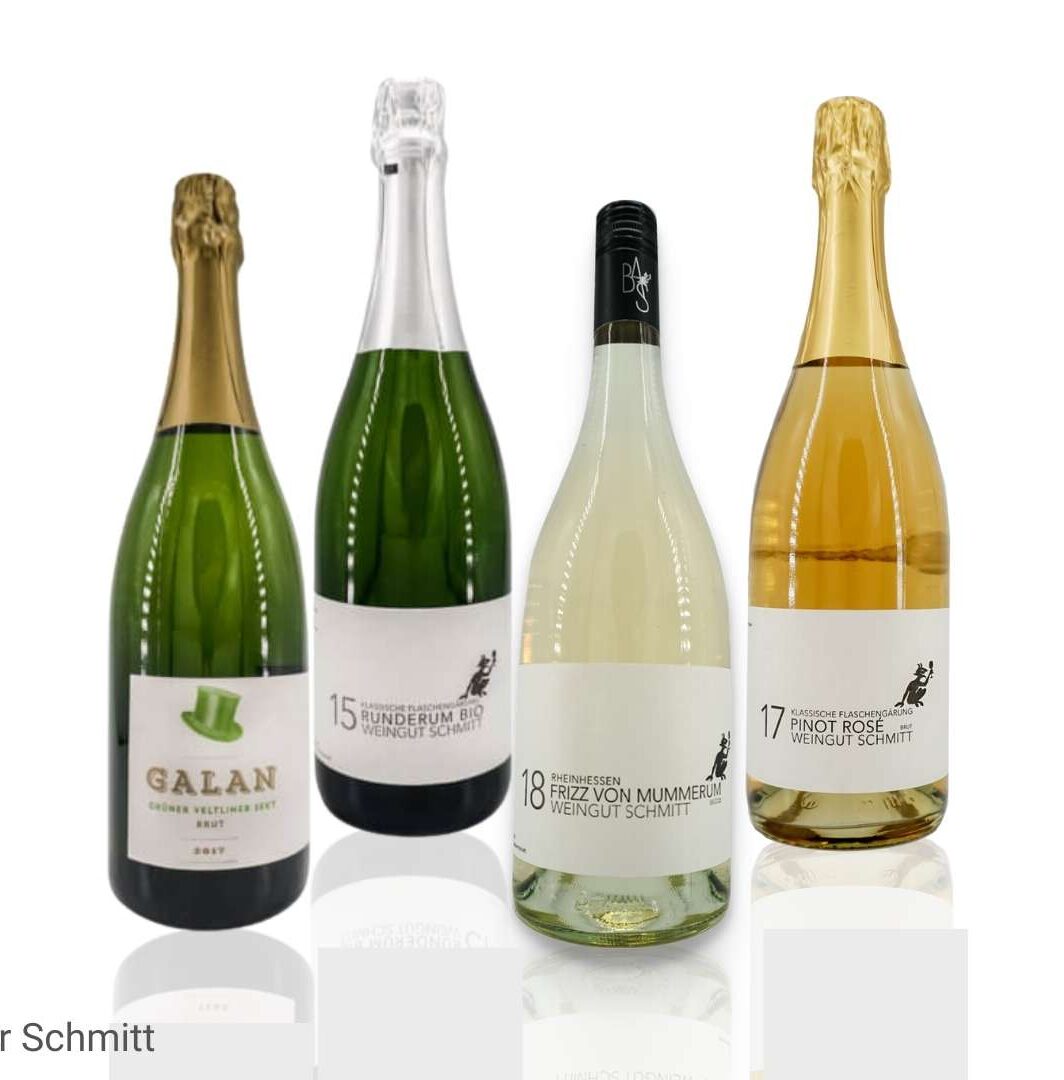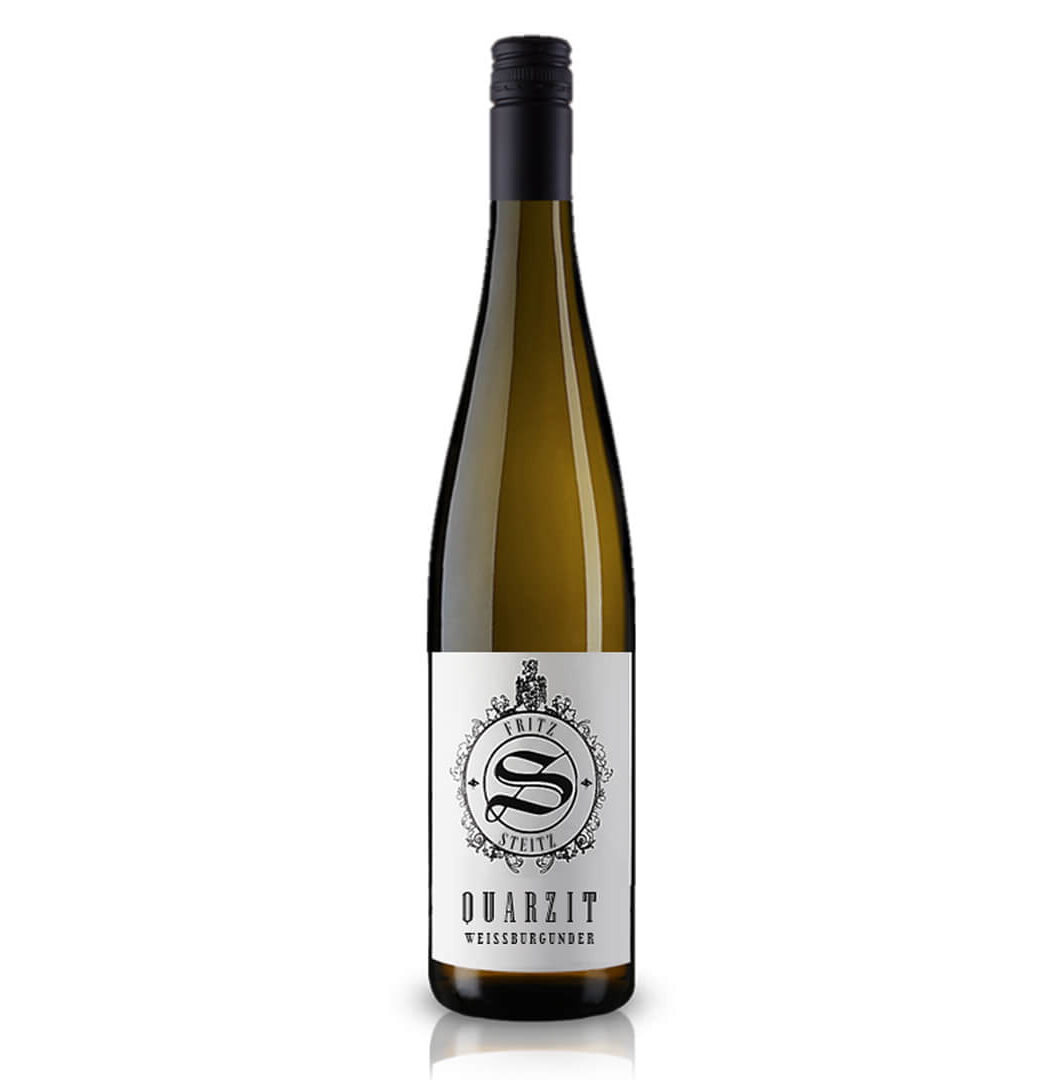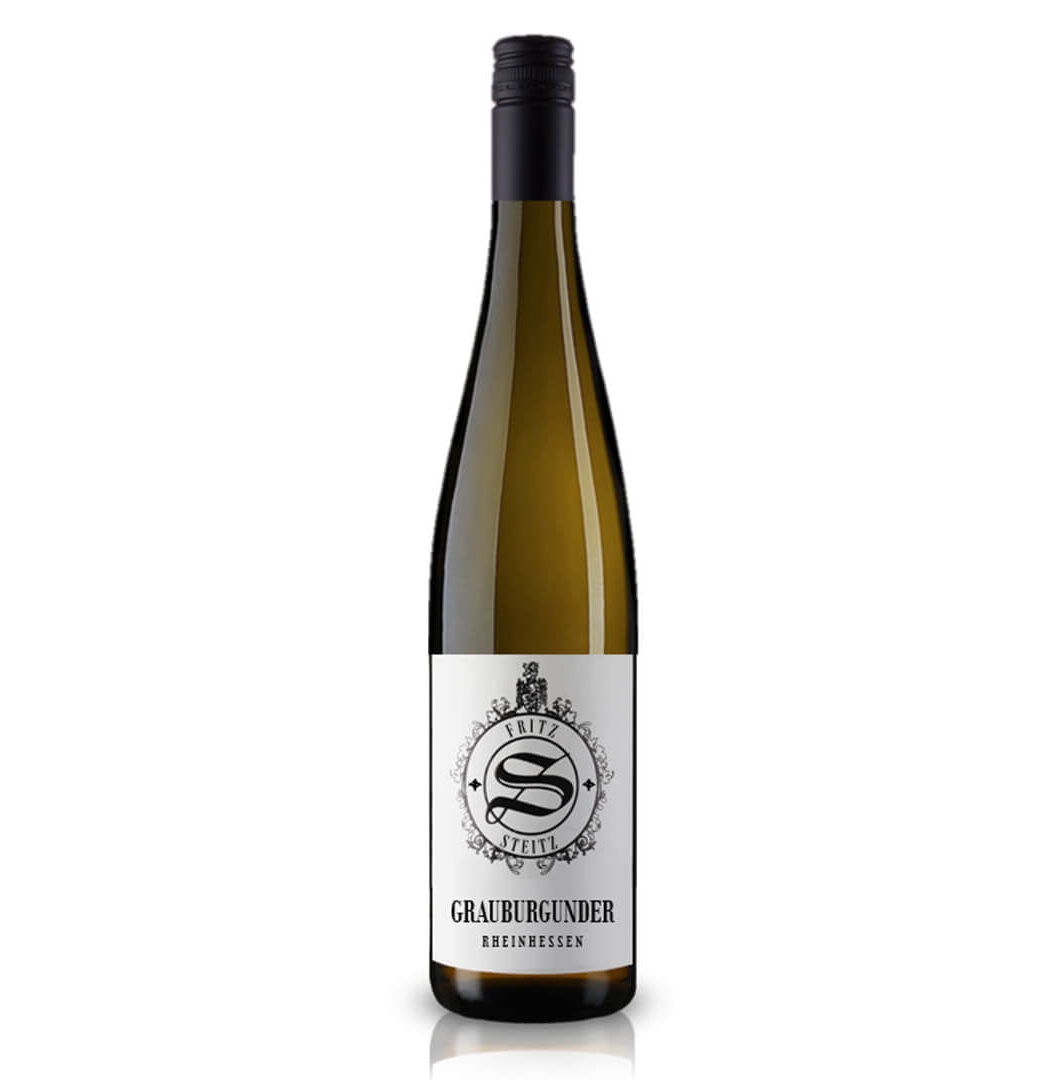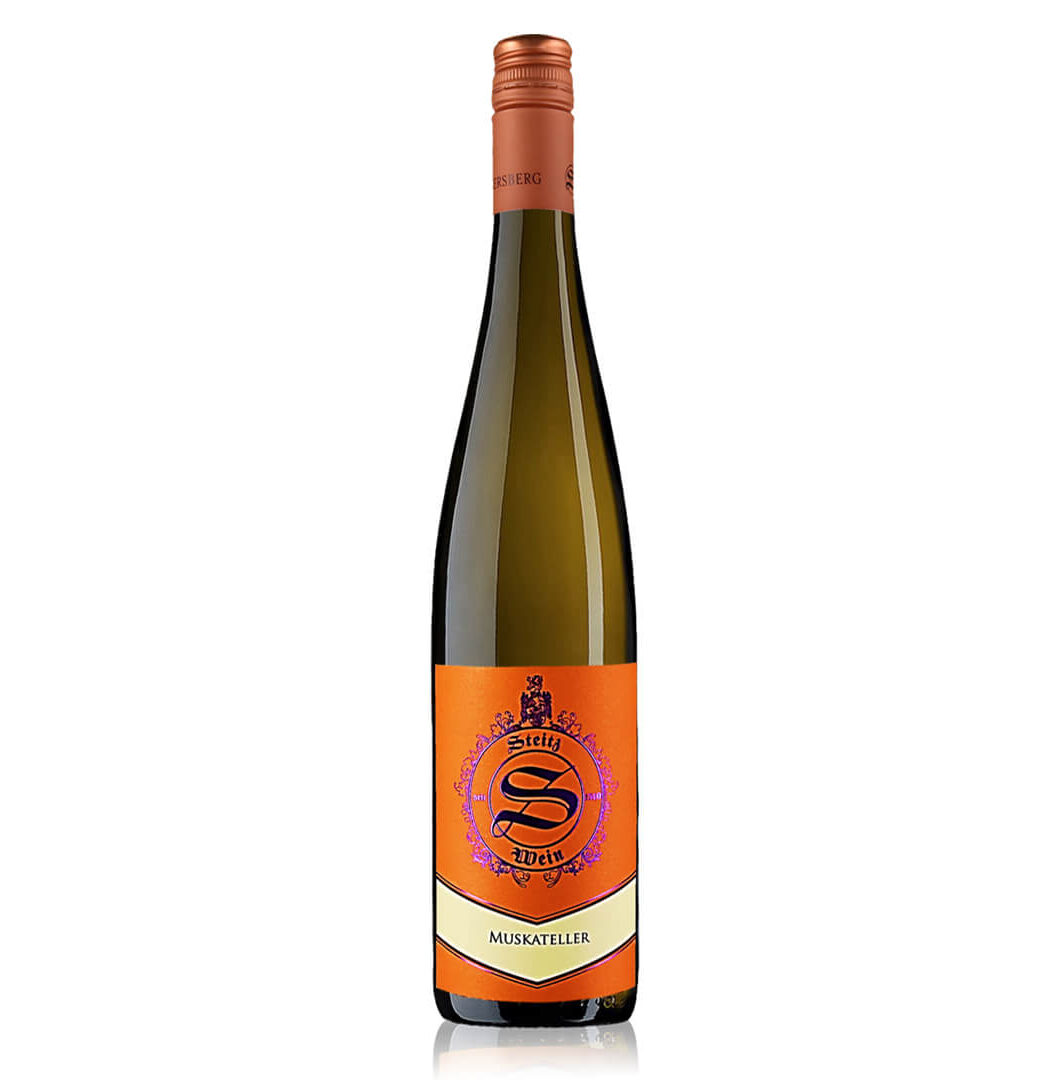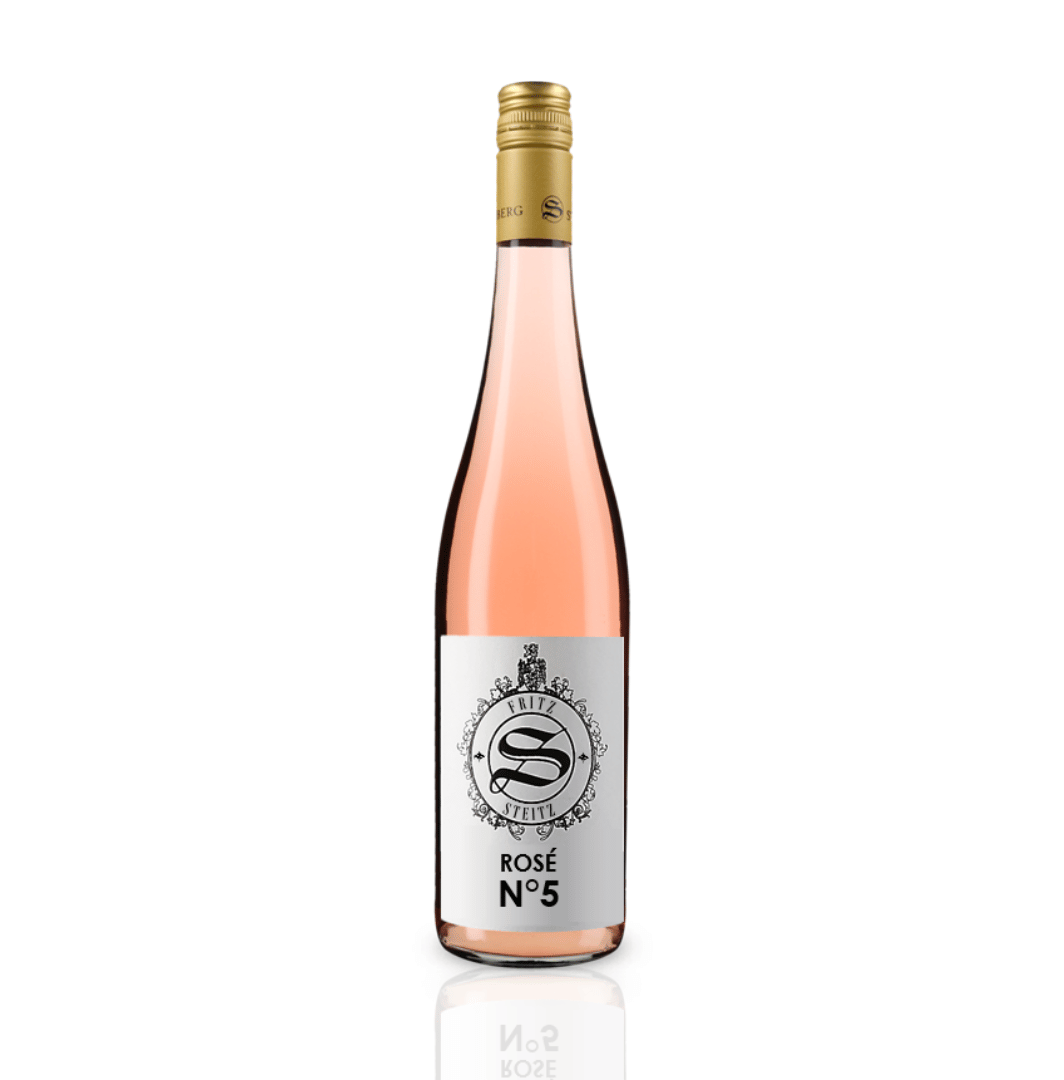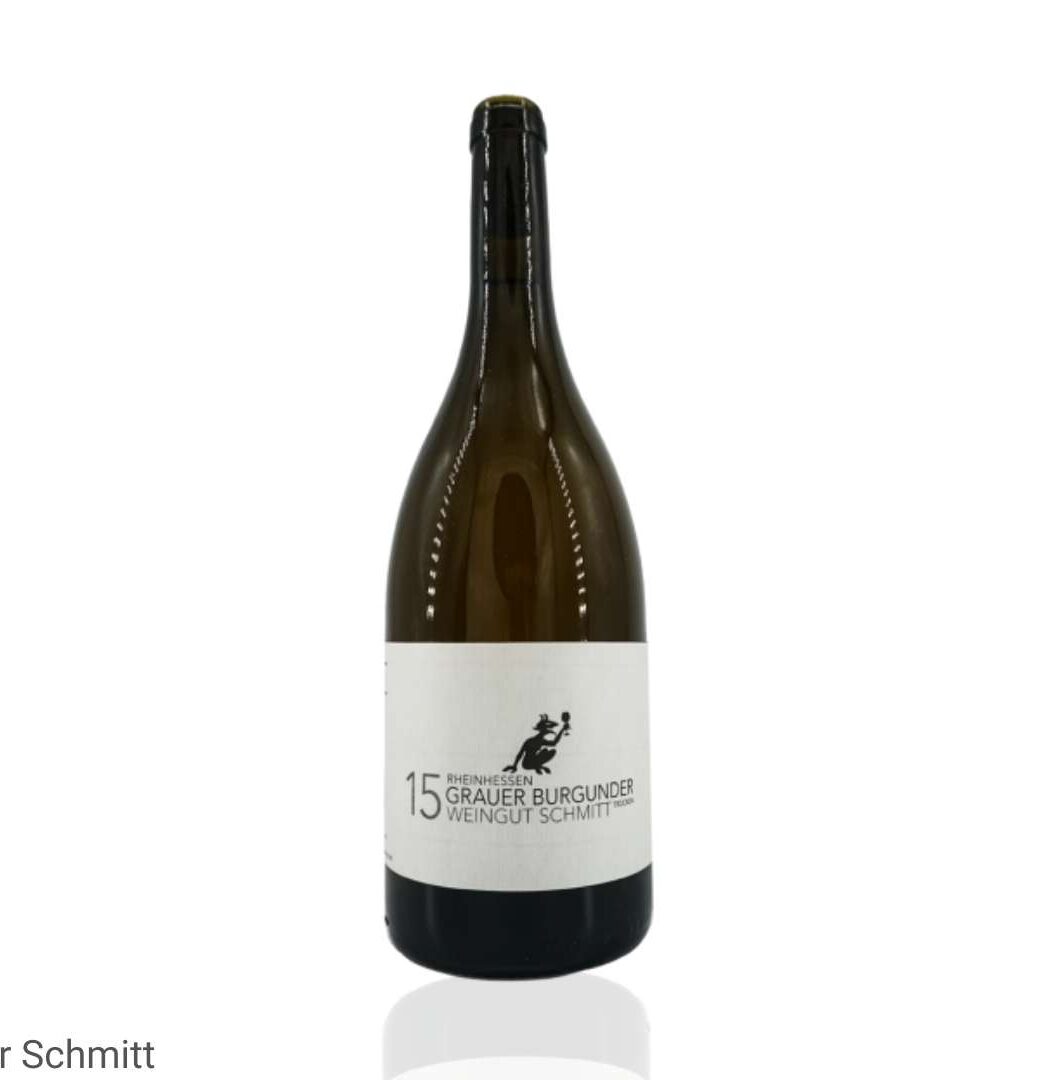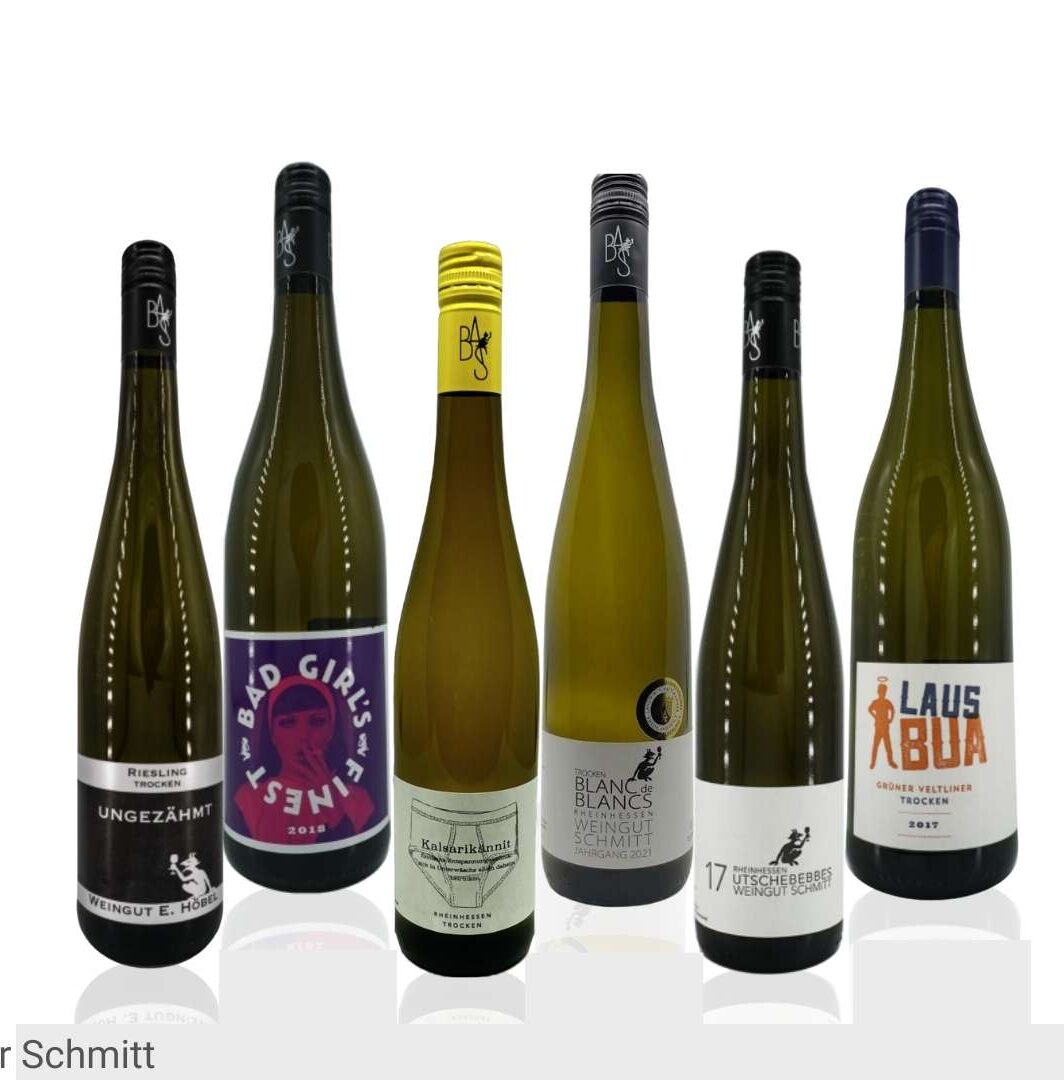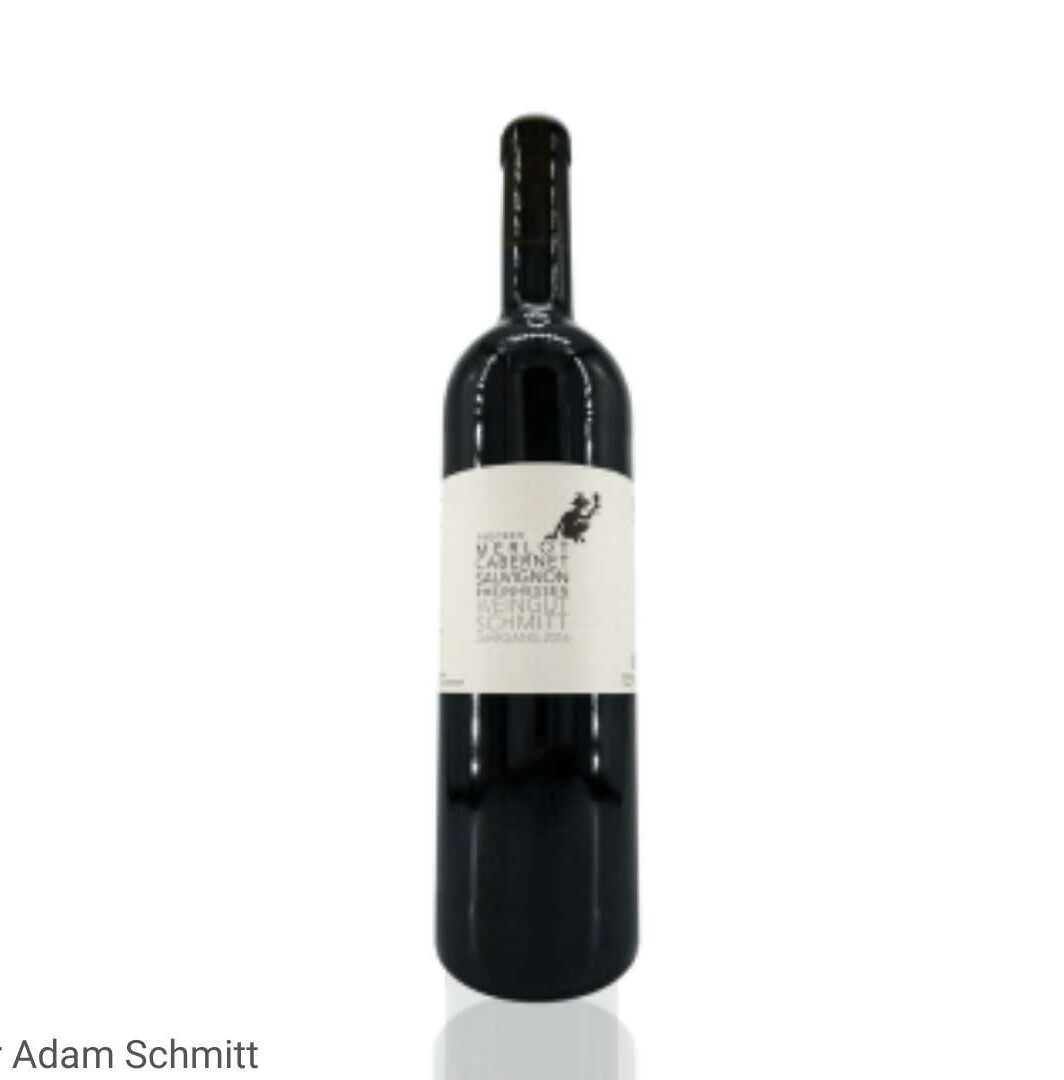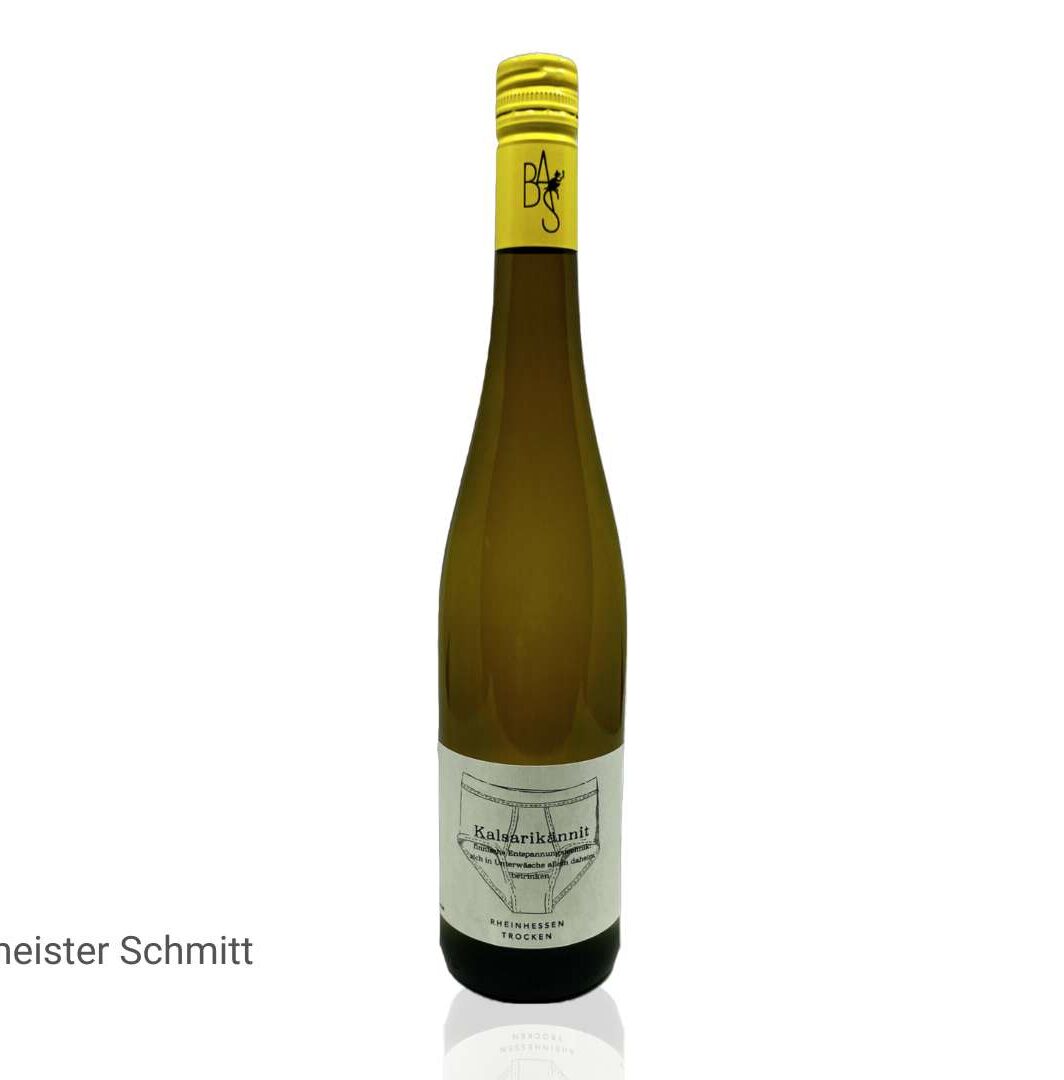Germany’s wine regions: From the Rhine to the Mosel
Not only France, Italy, or Spain have wonderful wine regions, but Germany is also recognized as a longstanding wine-producing region. When one traditionally thinks of wine cultivation, Germany doesn’t immediately come to mind, but that should change now. This is because the German conditions of mineral-rich soils and river landscapes offer an excellent combination, resulting in very tasty wines.
German Wine Cultivation and its History
Wine cultivation in Germany can look back on a 2,000-year-old wine culture. The vineyards along the Rhine, Neckar, and Moselle are the oldest in Germany and are still among the most popular wine regions today, due to their outstanding scenic conditions. In the past, grapes were picked from old vines, and people made their wine under simple conditions. Until the first business-minded individuals, today’s winemakers, began selling the wine they produced, giving rise to the wine trade.
The Incomparable German Riesling
Not only the German Riesling wine but also other wines from Germany impress with their taste and character. However, the German Riesling is almost as popular as the Spanish Rioja, and no other wine can compete. The Riesling is known for his high acidity, diverse fruit and mineral aromas, his reflection of the terroir, especially from slate soils, and his remarkable longevity. We Germans have also succeeded in shaping a wine – the Riesling!
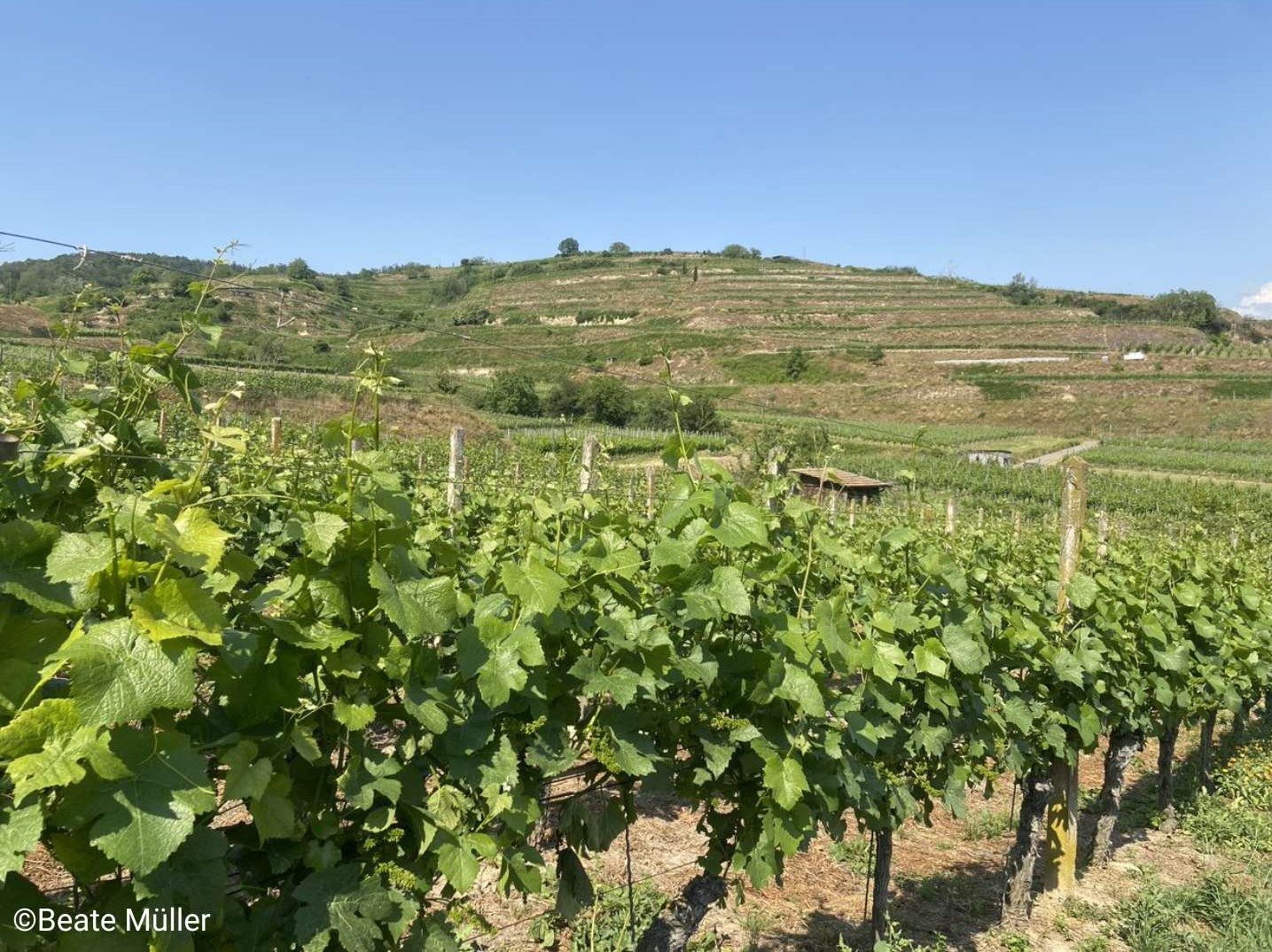
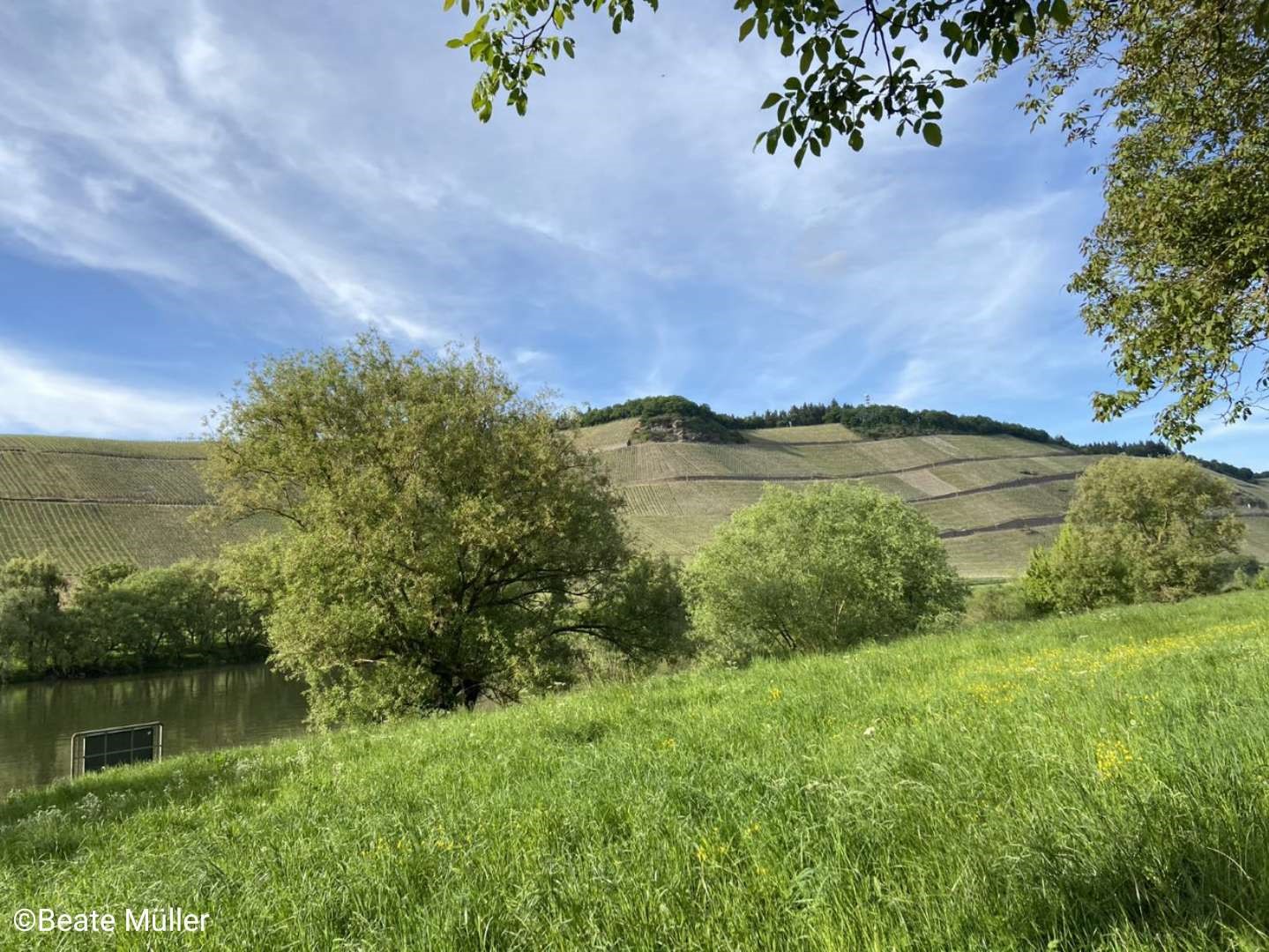
Distinctive Features of German Wine Cultivation
Located on the northern edge of the European wine-growing region, German viticulture is characterized by a unique combination of geographical, climatic, and cultural factors. Germany’s cool climate ensures a slow ripening of the grapes. This results in wines that often impress with their fine aromas, clear fruitiness, and pronounced acid structure.
Germany’s geographical diversity also offers an impressive range of terroirs. Some of the country’s best vineyards, especially along the Moselle, are known for their steep slopes. While these steep vineyards require a lot of manual labor, they also ensure that the grapes benefit optimally from the sun.
In recent times, there has also been a trend towards modernization and sustainability in German viticulture. While many winemakers retain their traditional methods, there is a growing movement towards organic and biodynamic viticulture, emphasizing environmental protection and the preservation of terroir.
Cool Nights, Clear Categories
A particular highlight of German viticulture is the ice wine. Due to the cool climate, grapes can remain on the vines deep into the winter months and are only harvested after several frosty nights. This process concentrates the sugar and aromas in the grapes, resulting in an intense and sweet wine that is appreciated worldwide.
The German wine labeling system, which classifies wines based on their quality, is another feature that distinguishes German viticulture. Terms like “Qualitätswein”, “Prädikatswein”, “Kabinett”, and “Spätlese” are just a few examples of the strict categories that define the character and quality of the wine.
German wine regions: An Overview
- Ahr wine region covers 560 ha and is popular for the grape varieties Pinot Noir, Riesling, and Portugieser.
- Baden wine region covers 16,000 ha and is popular for the grape varieties Pinot Noir, Müller-Thurgau, Pinot Gris, and Riesling.
- Franconia wine region covers 6,100 ha and is popular for the grape varieties Müller-Thurgau, Silvaner, Bacchus, and Riesling.
- Hessian Bergstraße wine region covers 450 ha and is popular for the grape varieties Riesling, Müller-Thurgau, Pinot Gris, and Pinot Noir.
- Middle Rhine wine region covers 460 ha and is popular for the grape varieties Riesling, Müller-Thurgau, Kerner, and Pinot Noir.
- Moselle wine region covers 8,800 ha and is popular for its grape varieties Riesling, Müller-Thurgau, Elbling, Kerner, White and Red Burgundy.
- Nahe wine region covers 4,200 ha and is popular for the grape varieties Riesling, Müller-Thurgau, Dornfelder, Rivaner, Silvaner, Kerner, White, Gray, and Pinot Noir.
- Palatinate wine region covers 23,400 ha and is known for the grape varieties Riesling, Müller-Thurgau, Kerner, Silvaner, White, Gray, and Pinot Noir, Dornfelder, and Portugieser.
- Rheingau wine region covers 3,100 ha and is popular for the grape varieties Riesling and Pinot Noir.
- Rheinhessen wine region covers 26,500 ha and is popular for the grape varieties Riesling, Silvaner, Müller-Thurgau, Dornfelder, Portugieser, and Burgundy.
- Saale-Unstrut wine region covers 750 ha and is popular for the grape varieties Müller-Thurgau, Pinot Blanc, Silvaner, Riesling, Dornfelder, and Portugieser.
- Saxony wine region covers 490 ha and is popular for the grape varieties Müller-Thurgau, Riesling, White, Gray, and Pinot Noir, Traminer, and Kerner.
- Württemberg wine region covers 11,400 ha and is popular for the grape varieties Trollinger, Riesling, Pinot Meunier, Lemberger, Kerner, Müller-Thurgau, Pinot Noir, Early Pinot Noir, Samtrot, and Silvaner.
Interested in wine from one of the wine regions? Want to give it a try first? We’d be happy to put together a Rheinhessen, Rheingau, Nahe, or Baden package for you. If you’re still undecided, we can also assemble a tasting package from all over Germany for you.
Feel free to send us a message at: we**@*******ve.de.



